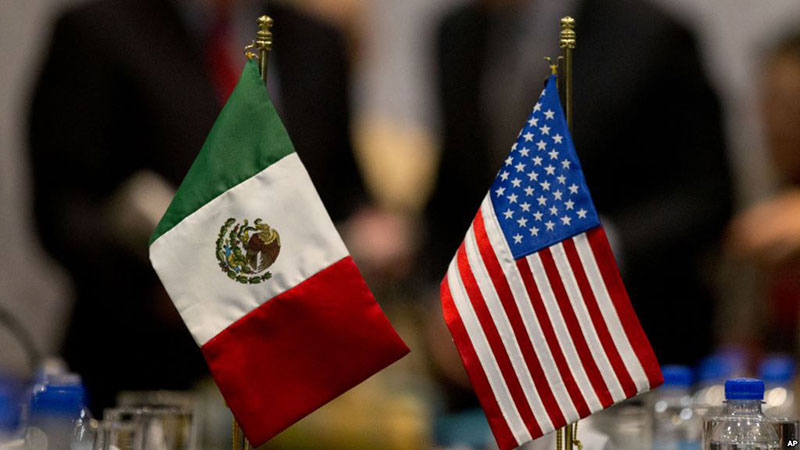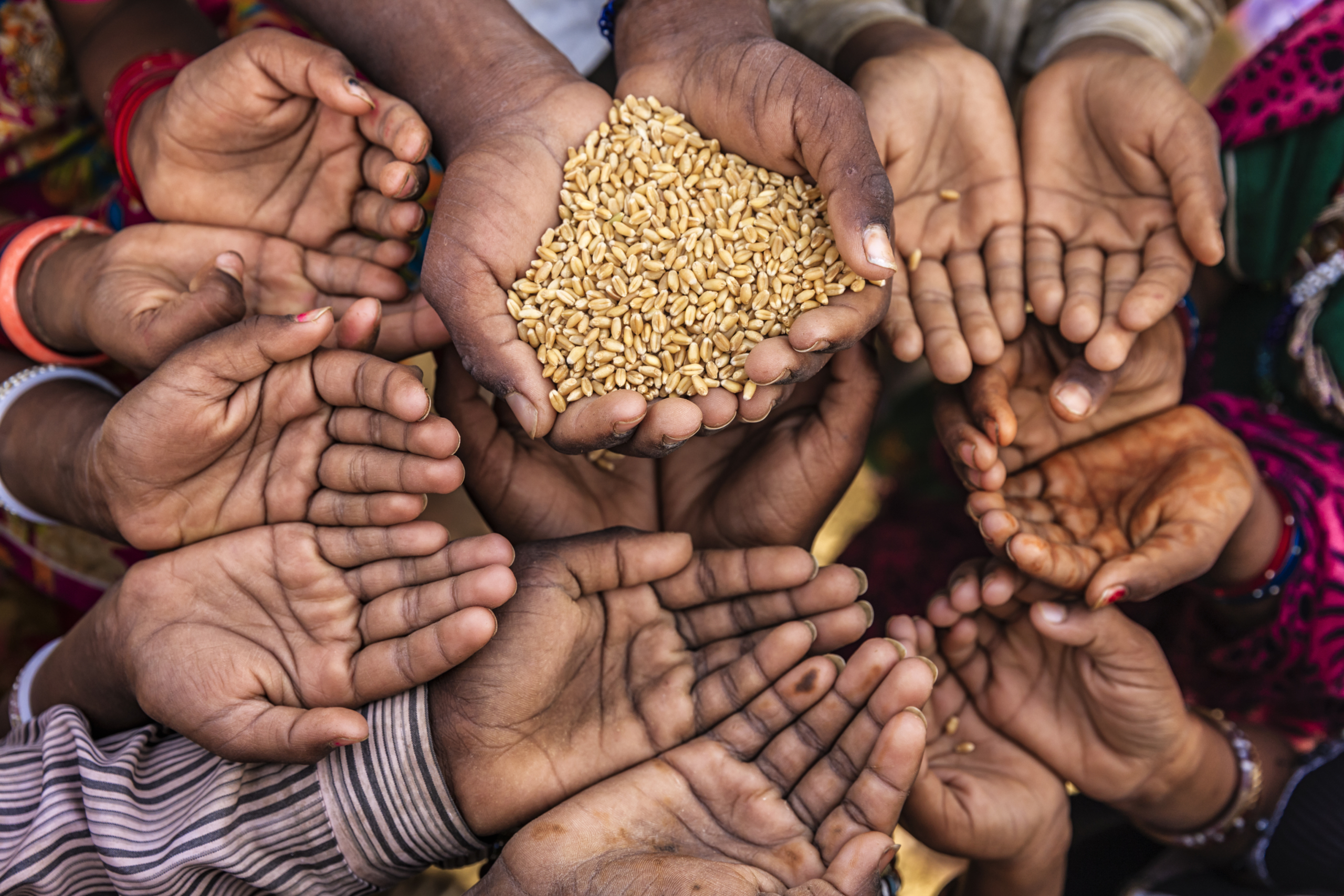By Ben Conner, USW Director of Policy
On March 1, the U.S. Trade Representative’s office released the President’s Trade Policy Agenda for 2017. This document lays out the key trade policy principles and objectives of the Trump Administration.
Probably the best word to describe this agenda is aggressive. Some might have expected a word like transformative or even cataclysmic, but for those worried about the future of U.S. trade policy, this document is somewhat reassuring.
That could come as a surprise. The U.S. wheat industry supported the Trans-Pacific Partnership (TPP), is a major beneficiary of the North American Free Trade Agreement (NAFTA), and hopes China remains a member of the World Trade Organization (WTO). These positions seem to be at odds with some of President Trump’s trade rhetoric, but this trade policy agenda demonstrates that there may be substantial common ground.
An aggressive trade policy agenda does not necessarily mean aggression towards supply chains, and likely means further opening of trade opportunities. The agenda’s guiding principle is that trade should be expanded “in a way that is freer and fairer for all Americans,” with four major priorities:
- Defending national sovereignty over trade policy;
- Strictly enforcing U.S. trade laws;
- Using leverage to open foreign markets;
- Negotiating new and better trade deals.
There is certainly a sharper edge to this than we have come to expect in the past, but it seems to be more of a difference in tone and priorities rather than a total break from past trade agendas. In fact, following through on this trade agenda could be good for U.S. wheat customers. Barriers to U.S. exports make imported wheat more expensive and sometimes cost-prohibitive. If the United States takes a more energetic approach to eliminating these barriers, wheat importers and exporters alike could benefit.
One special point of emphasis in this trade policy agenda is sovereignty. It discusses at length that the WTO has no jurisdiction in the United States. This is emphatically true, and an important reminder about what the WTO is. WTO agreements are not international law in the sense that they supersede the law of domestic courts. The WTO commits nations to lower import barriers as agreed and formalizes processes for countries to retaliate when other countries act unfairly. The document also points out that WTO agreements are not meant to be “living agreements” that can be interpreted to mean something not originally intended by the signatories. While lawyers likely disagree on this point, it is certainly not outside the mainstream of trade policy thinking and seems to be consistent with the Obama Administration’s approach.
The point of this is not to suggest that there is no cause for concern. The concern of some in the Administration about trade in goods deficits and the inefficient emphasis on bilateral negotiations do not our preferred approach to a more open and transparent international marketplace (and could be detrimental to U.S. agricultural exporters). However, if this policy statement represents the Administration’s trade agenda going forward, there may be cause for optimism.




